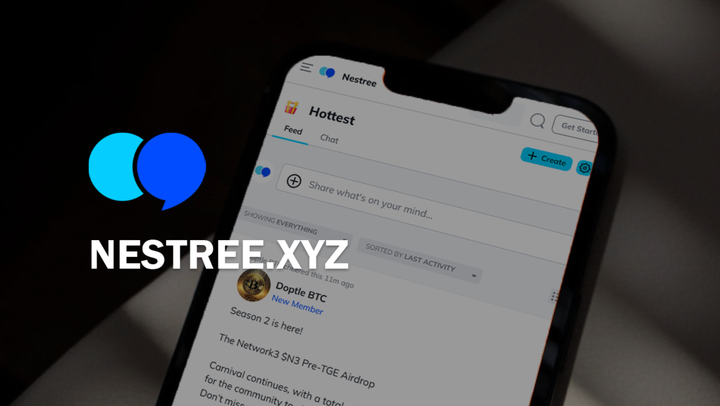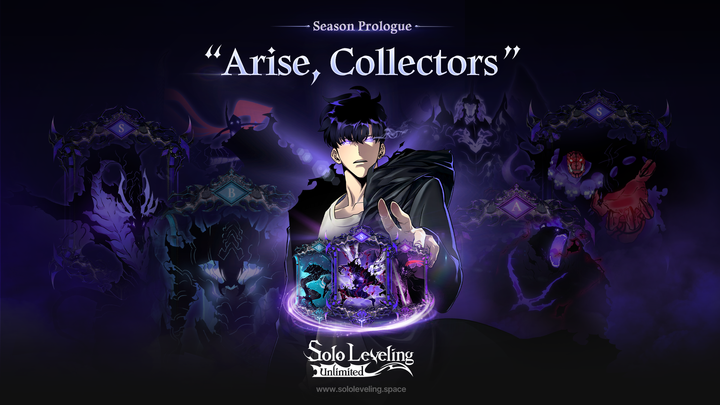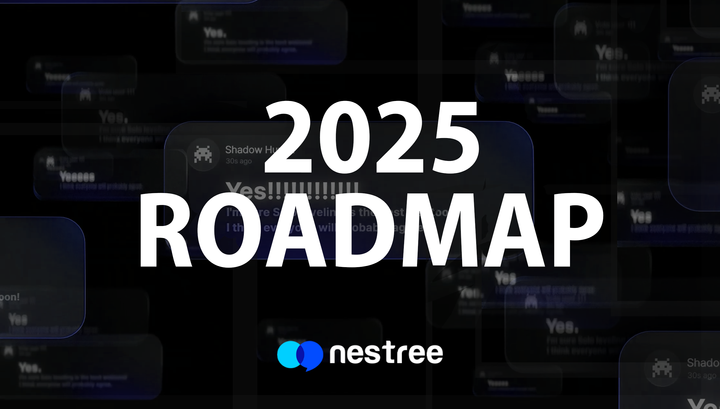Learn more about BRC-20, which started as a memecoin craze and ended the year with an inscription.
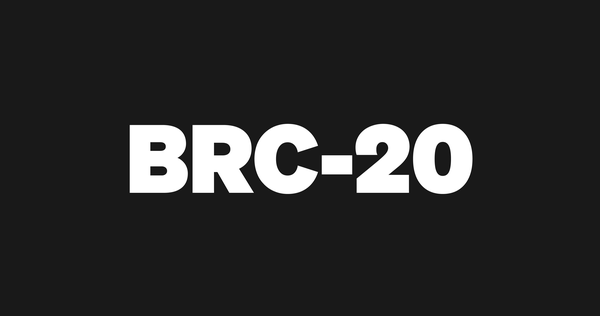
In the first half of last year, the Bitcoin-based altcoin BRC-20 shook up the crypto market. BRC-20 was so popular that the Bitcoin network transaction fees exceeded the block rewards, a rare occurrence. Today, we'll give you the lowdown on BRC-20.
What is BRC-20?
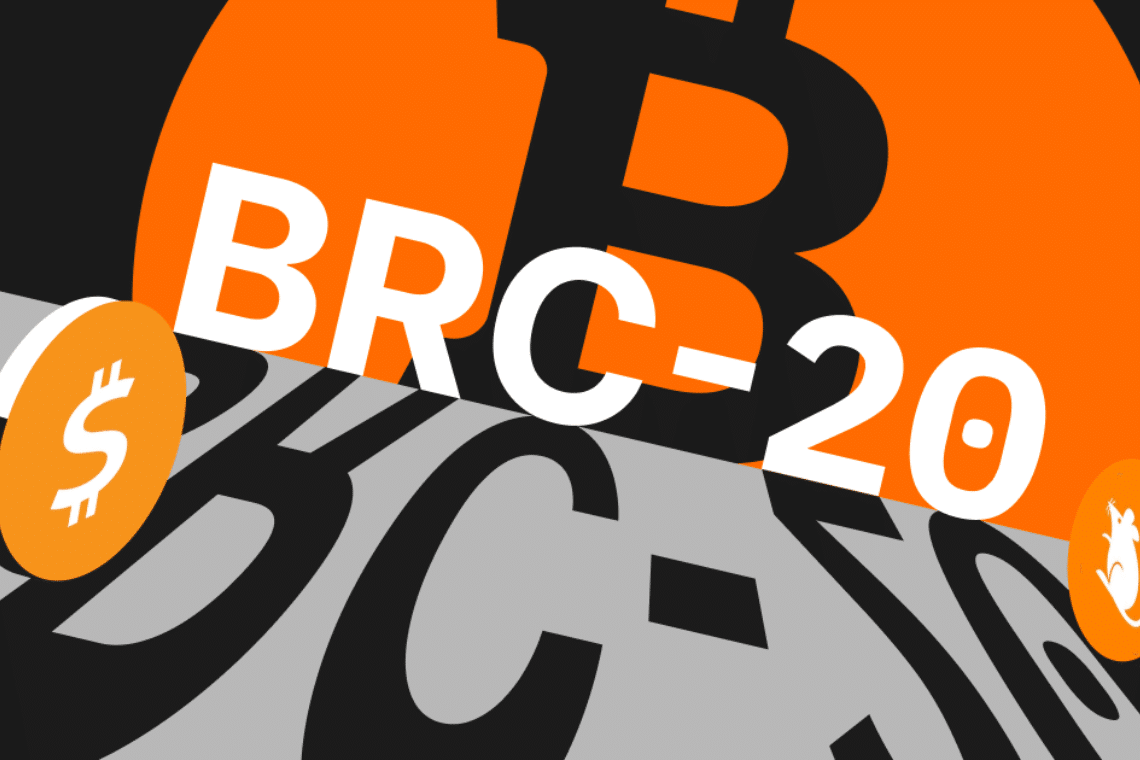
Before we get to BRC-20, we need to understand the Oddity Protocol, which is a technology that enables NFTs to be created by attaching data to satoshis, the smallest unit of Bitcoin. One Bitcoin is made up of 100 million satoshis, each of which is automatically numbered in sequence, and the number is called an Oddity.
Born in January of this year, the Oddity Protocol has been a hit, and we've taken it a step further with BRC-20, which is the standard name for an alternative feature token (FT) that can be created on the Bitcoin blockchain using the Oddity Protocol. BRC-20 is apparently named after ERC-20, the most popular standard token on the Ethereum blockchain, but there is a big difference between the two: ERC-20 is equipped with various functions based on smart contracts, while BRC-20 can only be transacted between individuals.
BRC-20, the cryptocurrency that started the memecoin craze

This year, PepeCoin, which is built on BRC-20, was introduced in March by a coder named DOMO, and has since gained market attention as meme coins, including Pepe, have become popular. As the BRC-20 token gained popularity in the market, the designer of the token, 'Domo', criticized the BRC-20 as not having much value. The BRC-20 borrows the name of Ethereum's ERC-20, but is not as good in terms of technology.
The designers' lamentations caused Bitcoin fees to skyrocket and the network to become so congested that Binance stopped accepting Bitcoin withdrawals. What made BRC-20 so popular in the crypto market was the rapid deployment of the UniSat Wallet, which allows users to issue, store, send, and trade BRC-20 tokens.
While the original Audience wallet had limitations, such as the ability to store NFTs but not send them, the UniSat Wallet was easy to set up and use, and is credited with fueling the popularity of BRC-20. Just when you thought it was going to be a one-hit wonder, Audience and BRC-20 hit it big again in May of this year, continuing to create new ways to 'play on the Bitcoin network'. Just as Ethereum has evolved by creating many standards, the Bitcoin ecosystem can't be far off from seeing more and more uses for BRC-20. Today we've learned about BRC-20, and we hope you enjoy the next installment.
